Subconjunctival Hemorrhage: What Is It?
Your eye has a bloodstain on it. Don’t lose your cool just yet. Perhaps there is only a subconjunctival hemorrhage. That’s a long word for a rather unimportant ailment.
A Subconjunctival Hemorrhage: What Is It?
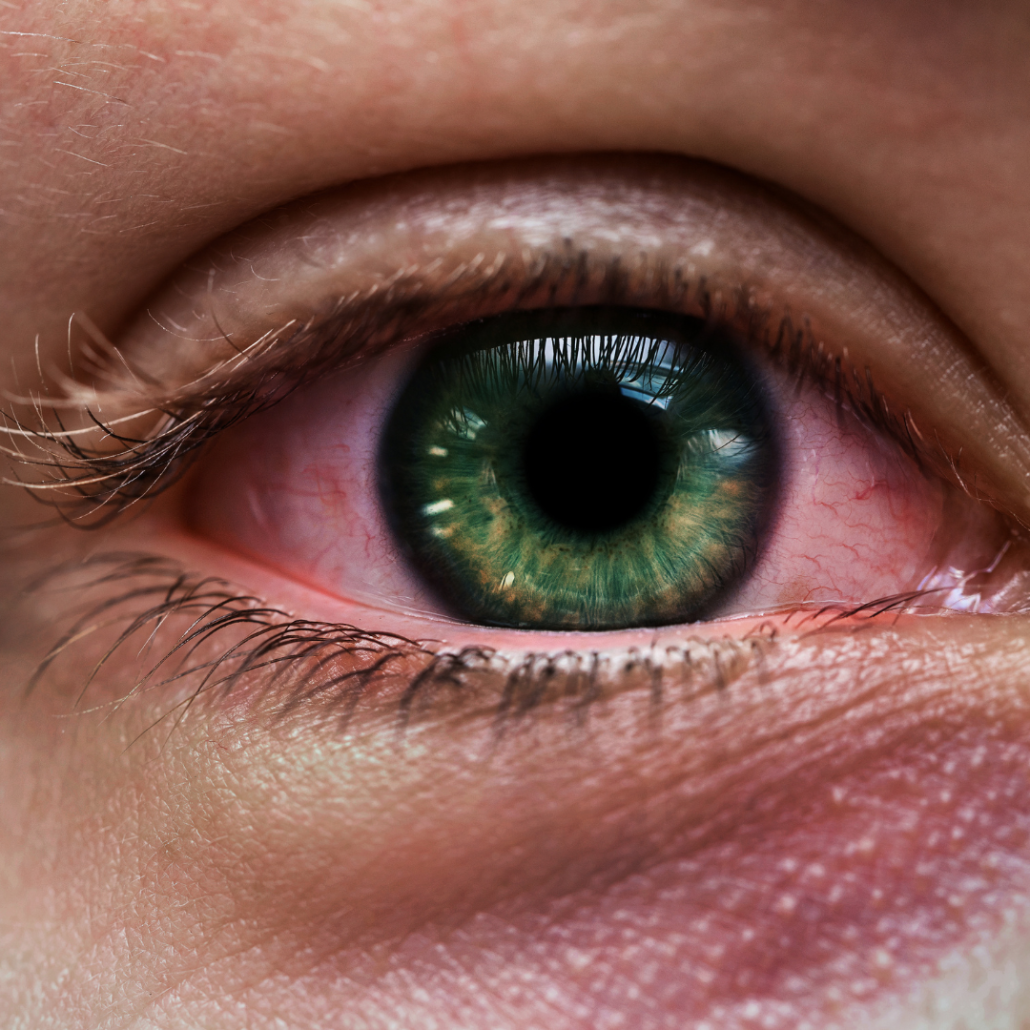
There are several microscopic blood vessels in the conjunctiva, the membrane that covers the white of your eye, which can burst and cause what is known as a subconjunctival hemorrhage on the surface of your eye. As a result, the majority of instances are not significant and will resolve themselves. The word for a ruptured blood vessel that bleeds on the surface of your eye is subconjunctival hemorrhage.
The conjunctiva is the transparent membrane that borders the inside of your eyelid and covers the white of your eye. Thus, it has many fragile capillaries, or small blood vessels. Blood might flow under the conjunctiva when a break occurs. The sclera, or white of your eye, becomes very red due to the blood.
In the event of a subconjunctival hemorrhage, the blood is immobile and no amount of washing or wiping will help. Your eyesight is unaffected, however, since the blood is not on your cornea or the interior of your eye.
It can be frightful to see the crimson blotches brought on by subconjunctival hemorrhage. However, the majority of instances don’t result in any further symptoms or require medical attention. Usually, they disappear on their own within a few weeks.
What Are The Symptoms?
There are no signs of a subconjunctival hemorrhage save the red area in your eye. It has no negative effects on your vision and doesn’t cause discomfort or edoema. When a subconjunctival hemorrhage occurs, most individuals are completely unaware of it until they glance in the mirror or someone else alerts them to it. There may be a slight possibility of discomfort, but there shouldn’t be any discharge or other signs or symptoms.
Causes
Your veins’ blood pressure may temporarily increase as a result of certain activities and medical problems. Your eyes’ blood vessels may rupture as a result of this sudden increase in pressure. These ailments might consist of:
- Straining (when using the restroom, vomiting, coughing, or sneezing).
- Infection in your eye or a head injury.
- lifting, pushing, or forward bending.
- rubbing your eye excessively.
- wearing lenses for contact.
- using prescription drugs, such as blood thinners and the cancer treatment interferon.
The following are less frequent subconjunctival hemorrhage causes:
- Diabetes.
- elevated blood pressure.
- problems of blood clotting.
- Sometimes subconjunctival hemorrhages occur without a clear reason.
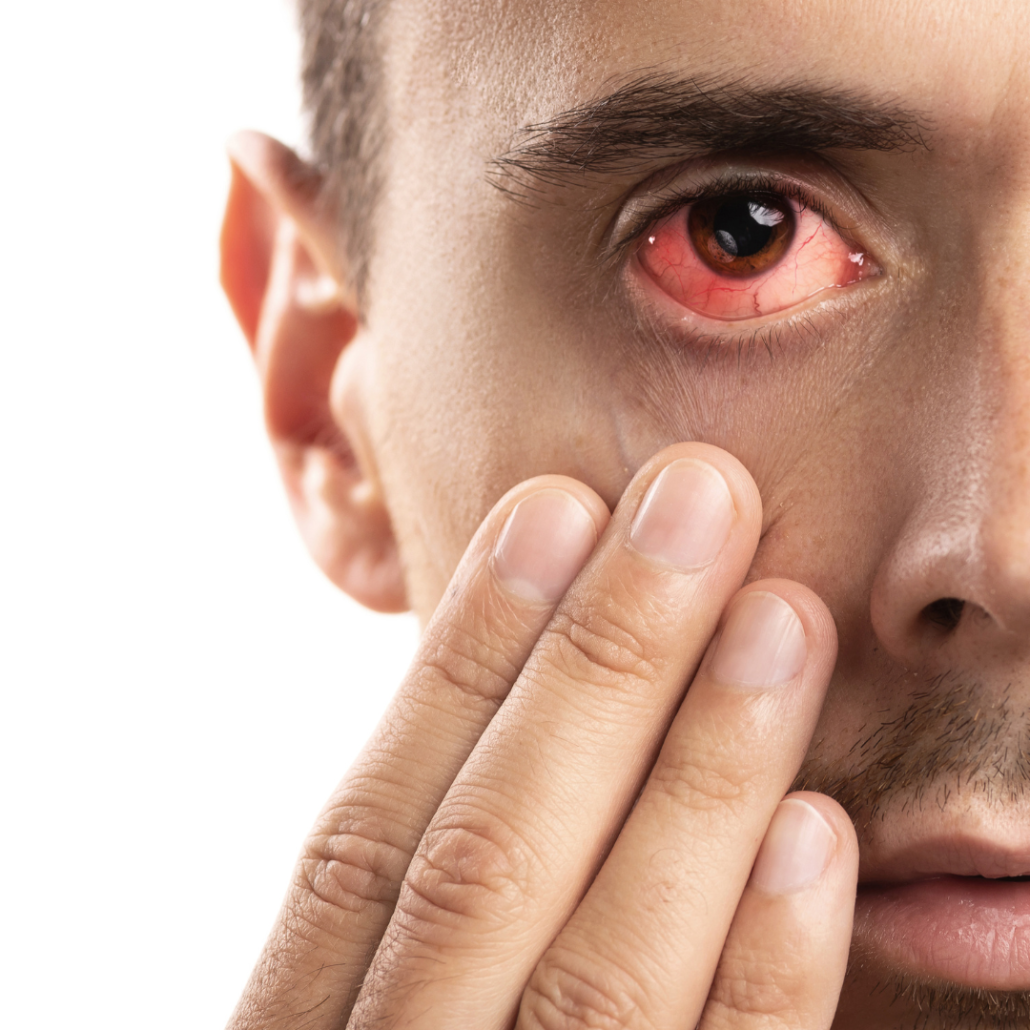
What Is The Best Way To Heal A Subconjunctival Hemorrhage?
Treatment for subconjunctival hemorrhage is typically not required. If irritation develops, artificial tears (eye drops) might assist. Within two weeks, most damaged blood vessels are healed. Larger patches could require more time to fade. The colour of the region may alter when the bleeding stops, fading like a bruise.
If you experience eye pain, consult an expert in eye care. This could be an indication of more severe diseases, including a hyphema, which is blood accumulating in front of the iris of your eye.
Your doctor or eye care professional can recommend testing if broken blood vessels frequently develop in your eyes in an effort to find an underlying reason. Subconjunctival hemorrhage is often made more likely by blood coagulation disorders such haemophilia or von Willebrand disease.
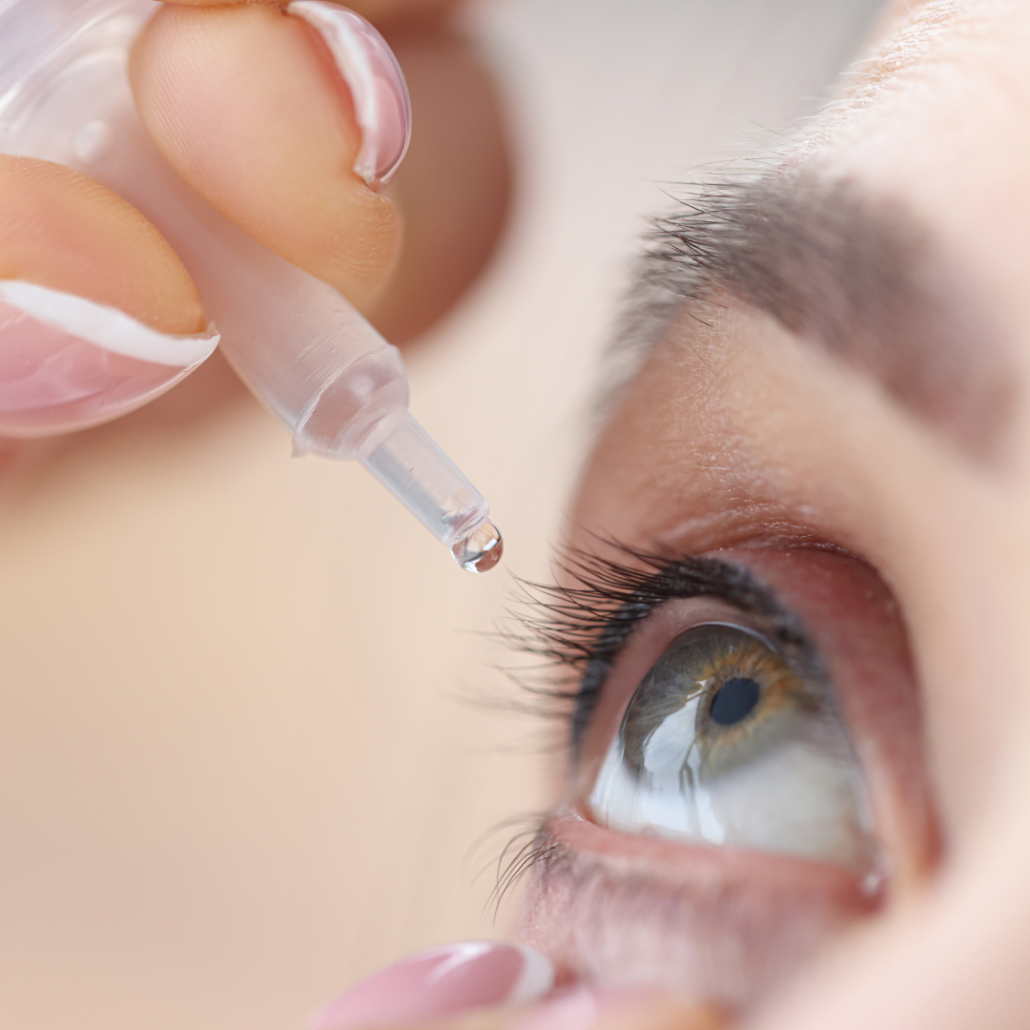
Living With Subconjunctival Hemorrhage
The majority of subconjunctival hemorrhages resolve naturally in two weeks. As the condition goes away, your eye’s white can appear somewhat yellow, but your vision shouldn’t be affected.
Subconjunctival hemorrhages may recur suddenly and arbitrarily. With no known risk factors, 10% of individuals experience a recurrence (return of the hemorrhage). People with established risk factors, such as those who use blood thinners, have a greater rate of that disease.
However, contact your doctor or an eye care professional if you have any discomfort or other symptoms.
When should I be concerned about a subconjunctival hemorrhage?
Consult your physician if subconjunctival hemorrhages recur often. You could have a deeper underlying illness.
Prevention
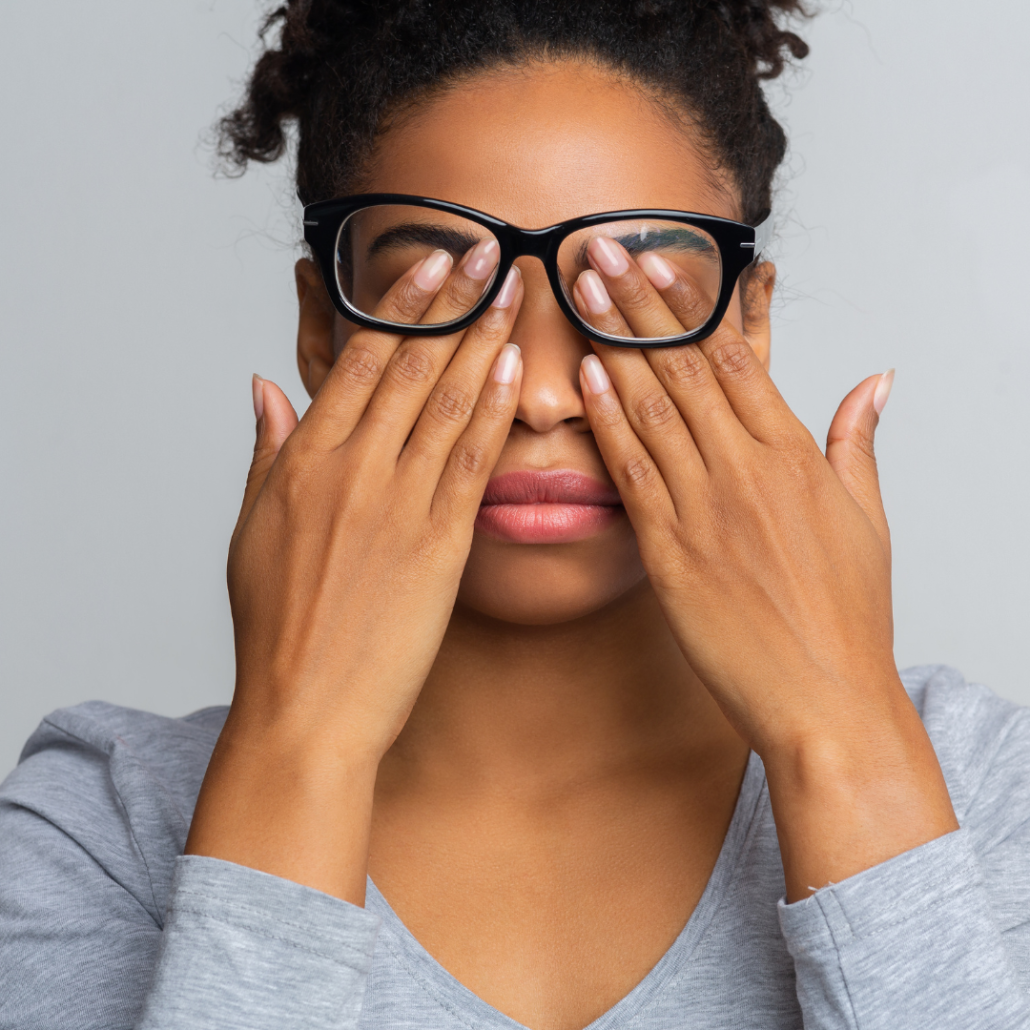
Ask your doctor whether there are any preventative measures you may take if the bleeding on the surface of your eye has a known cause, such as a bleeding problem or a blood-thinning drug.
Rub your eyes lightly if you feel the desire to. Your eyes might sustain mild damage from excessive rubbing, which could result in a subconjunctival hemorrhage.

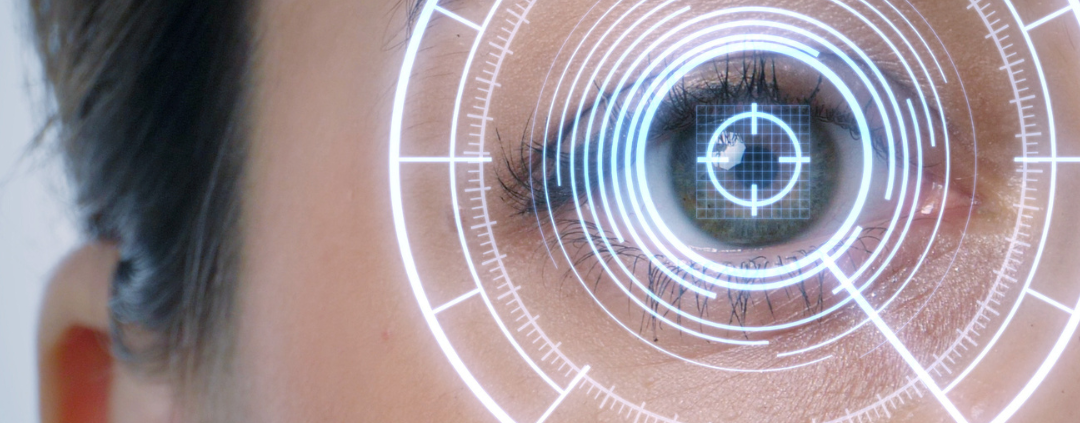

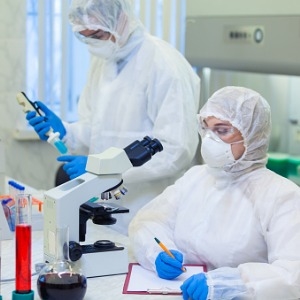
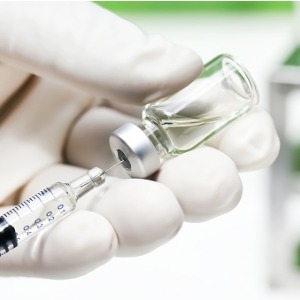

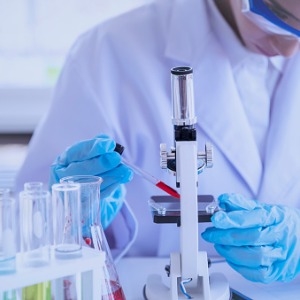
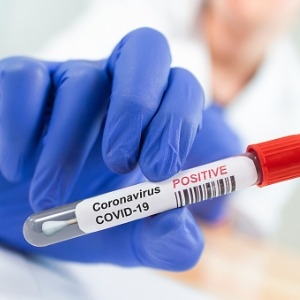








Leave a Reply
Want to join the discussion?Feel free to contribute!